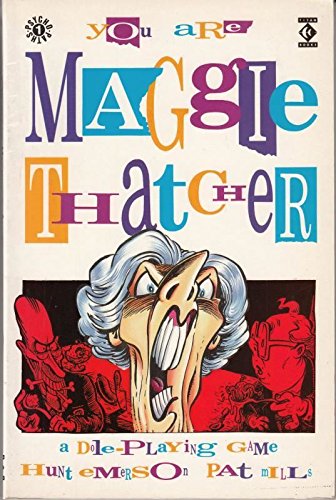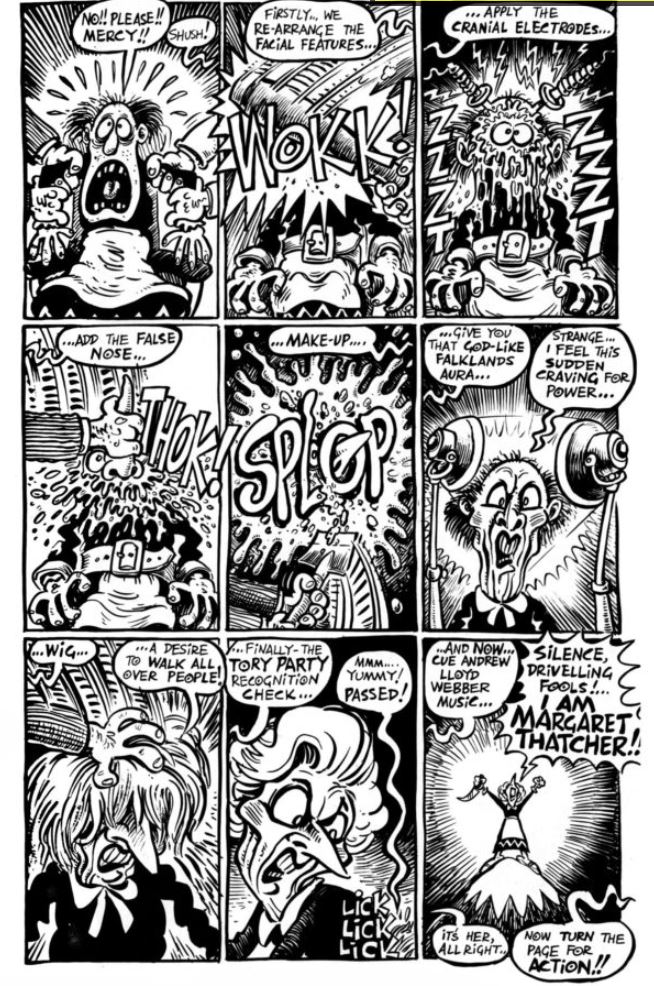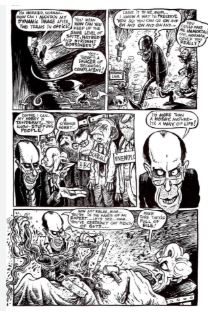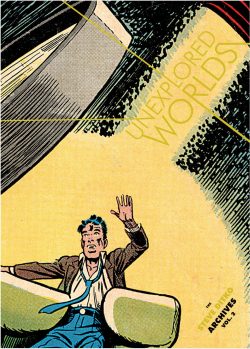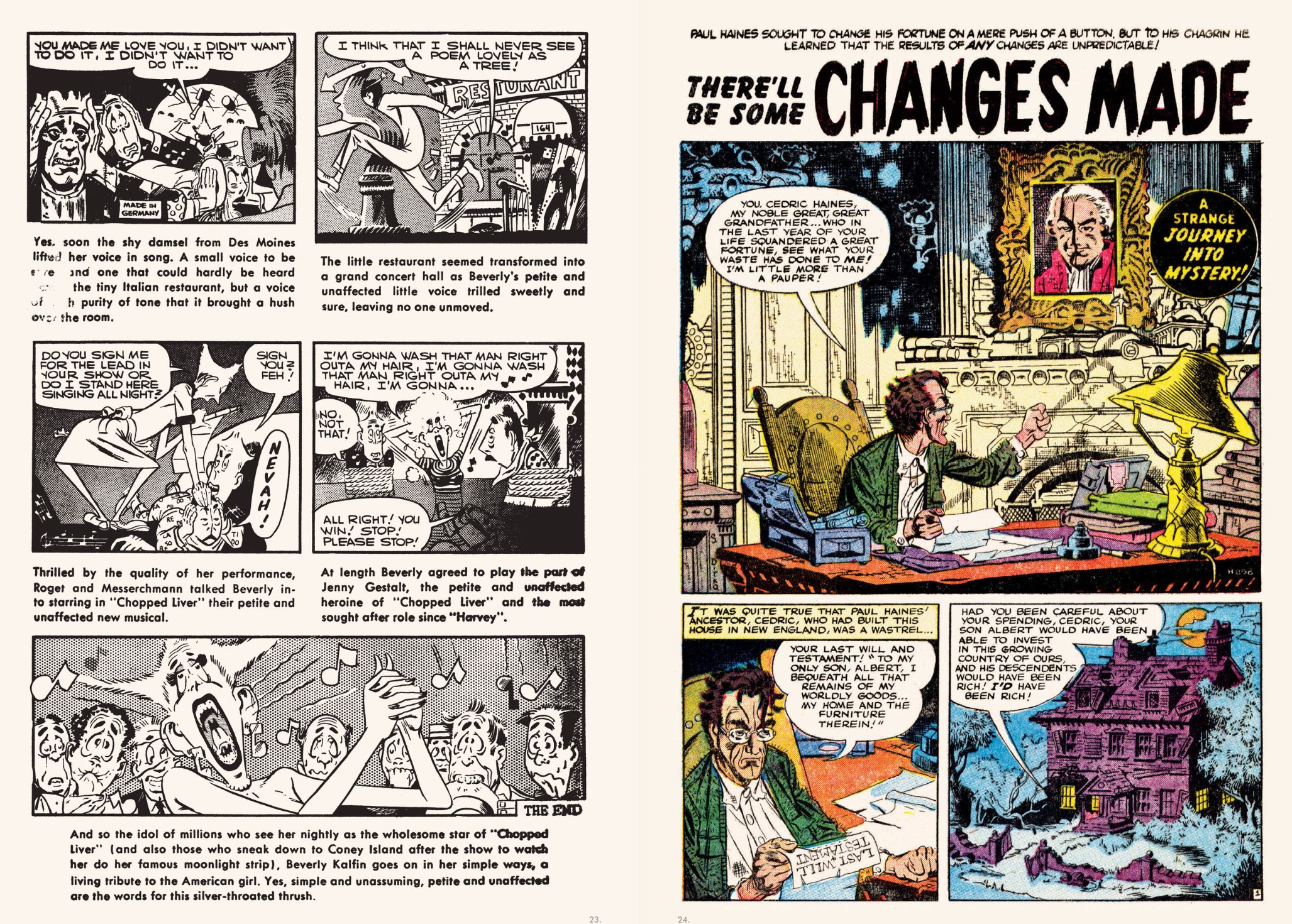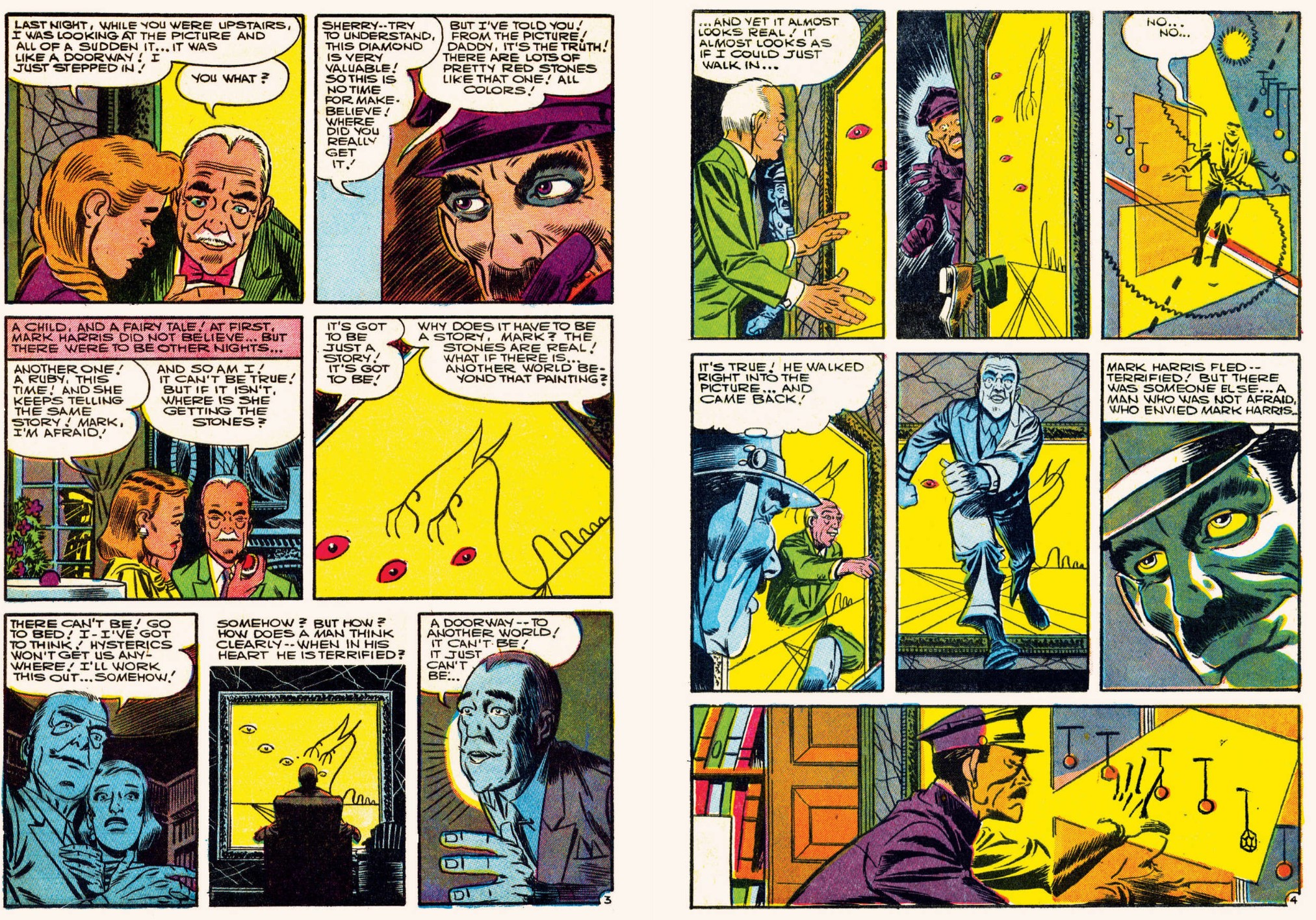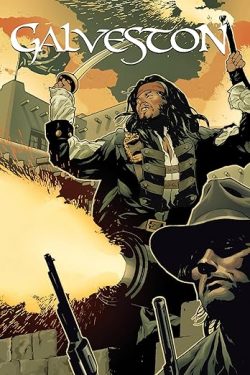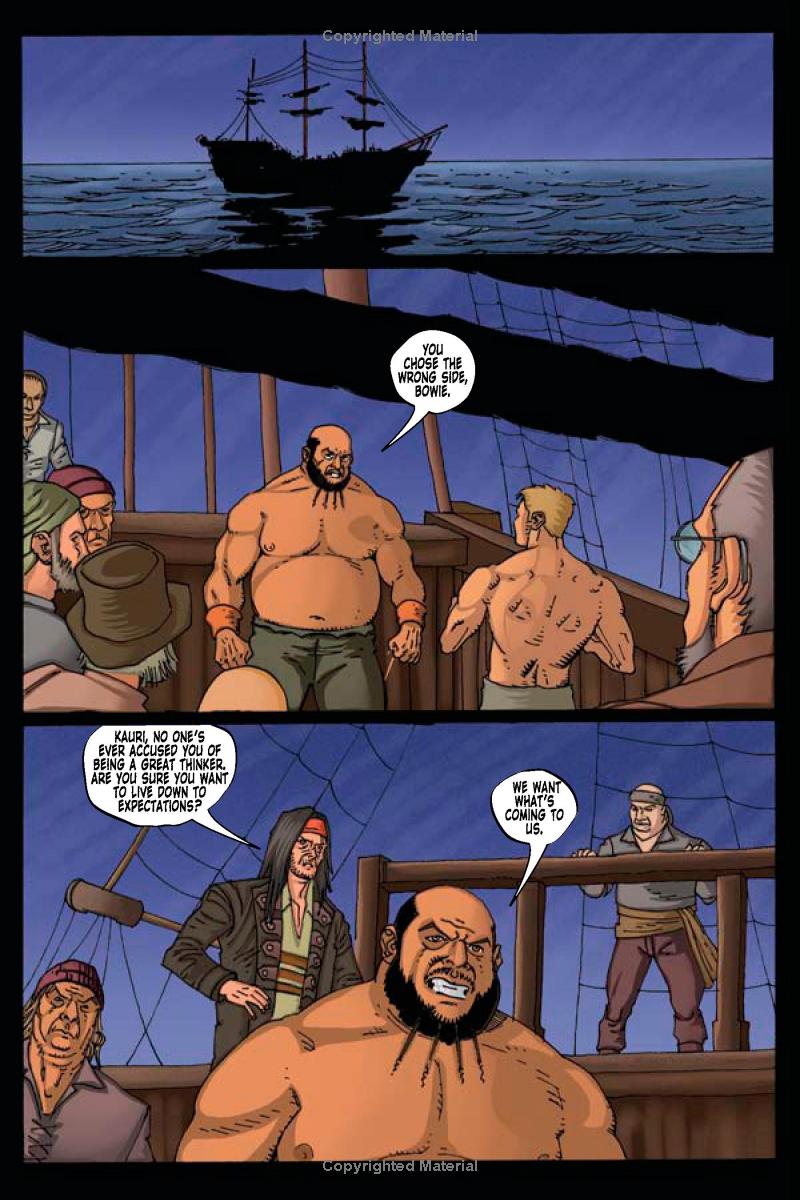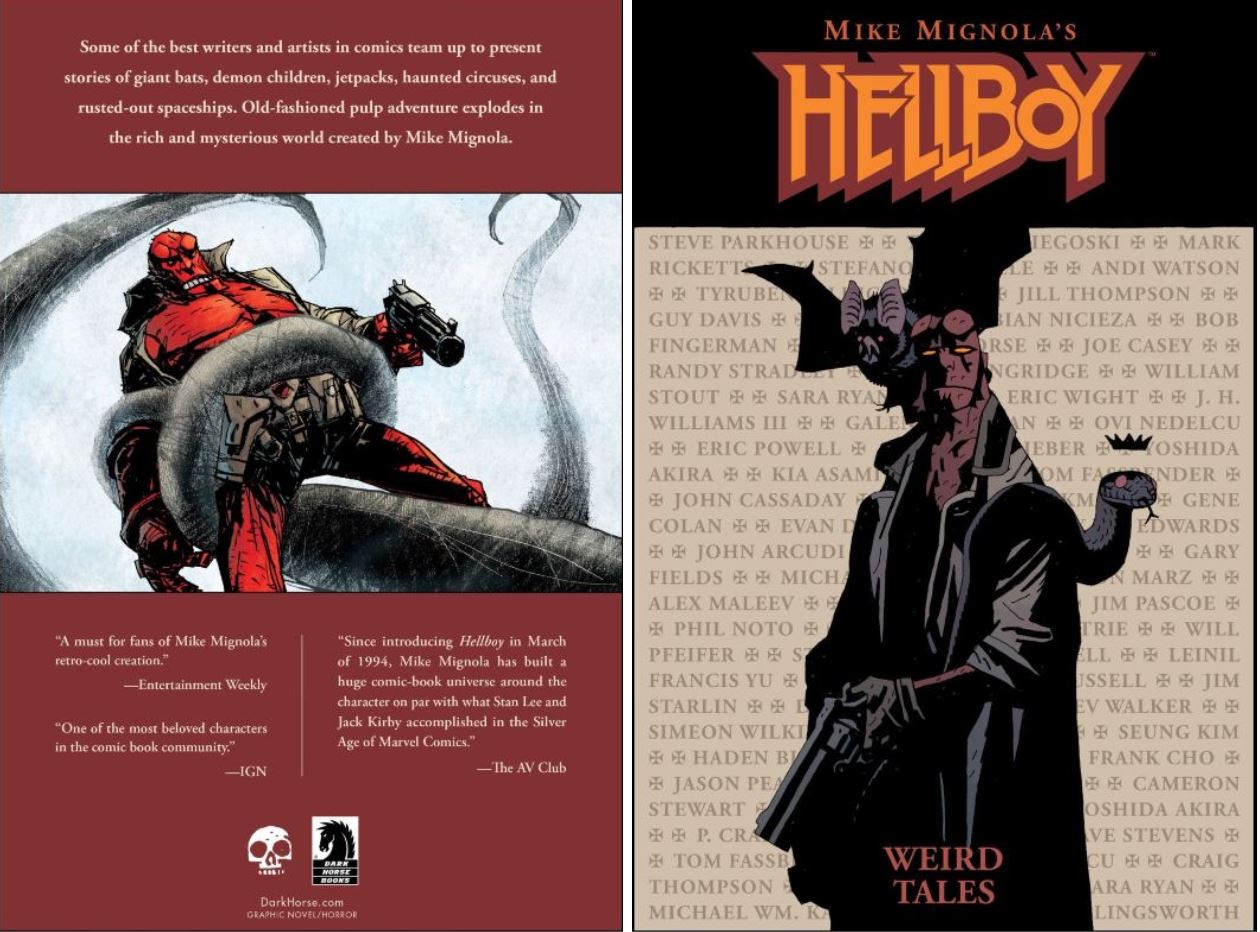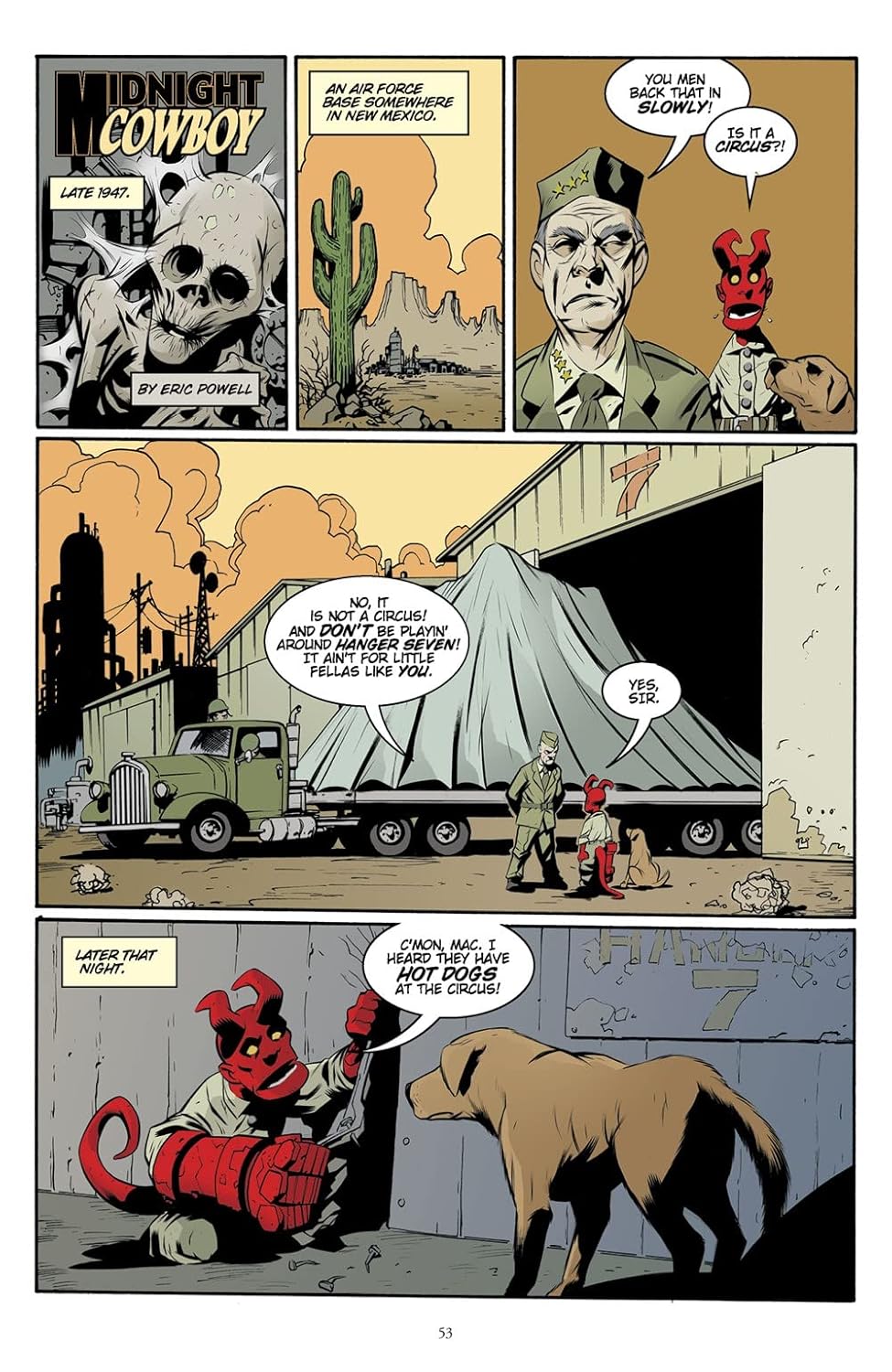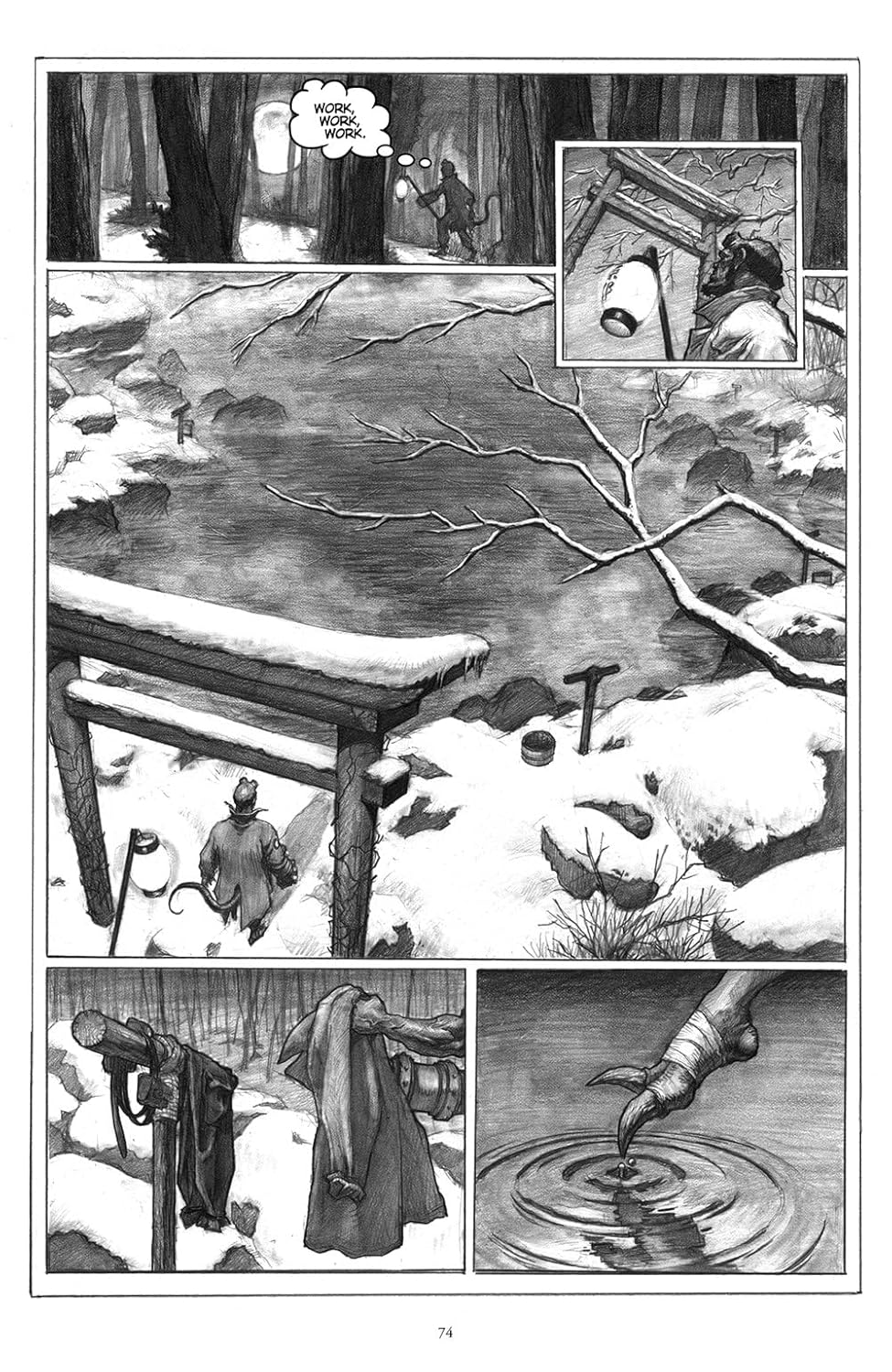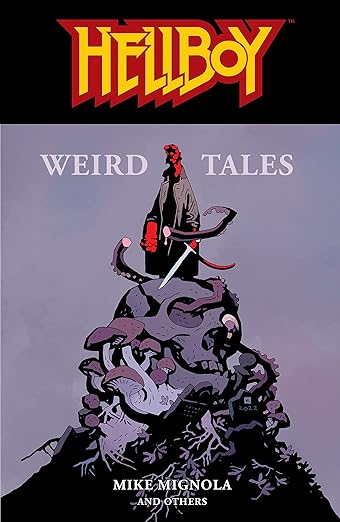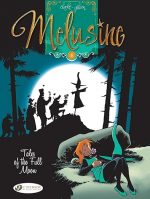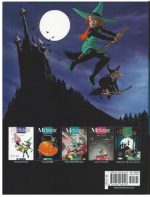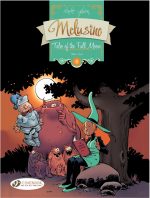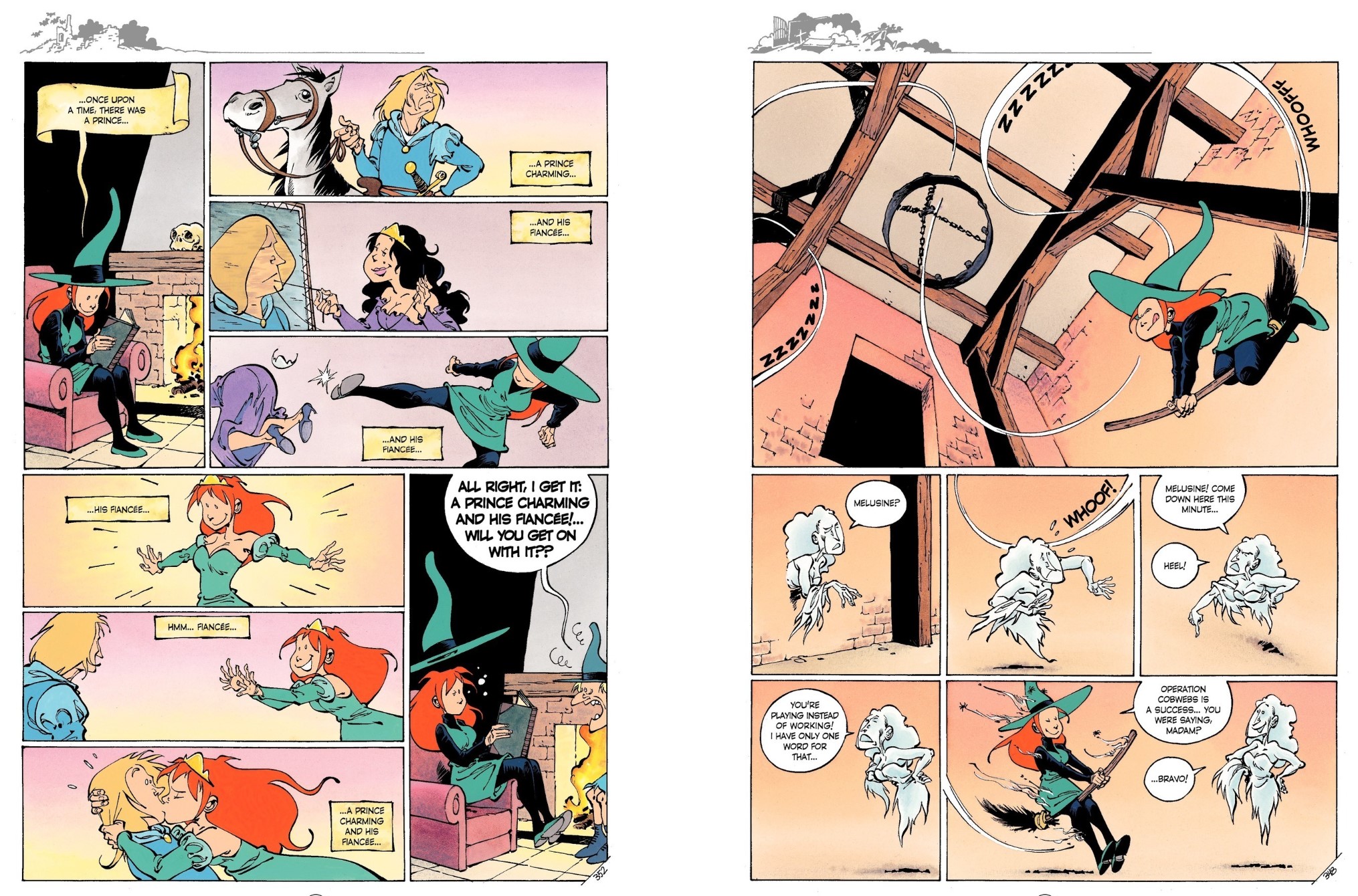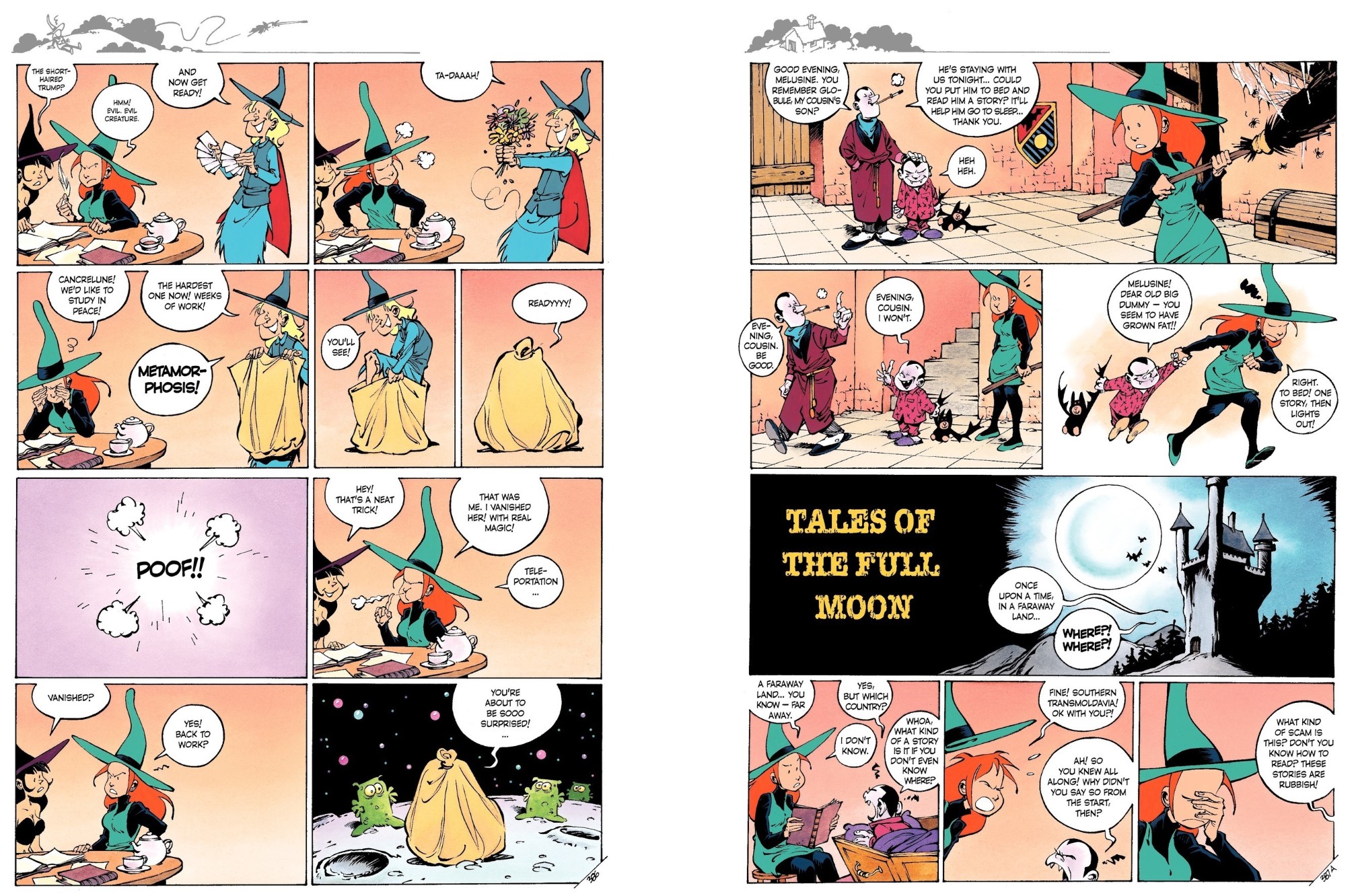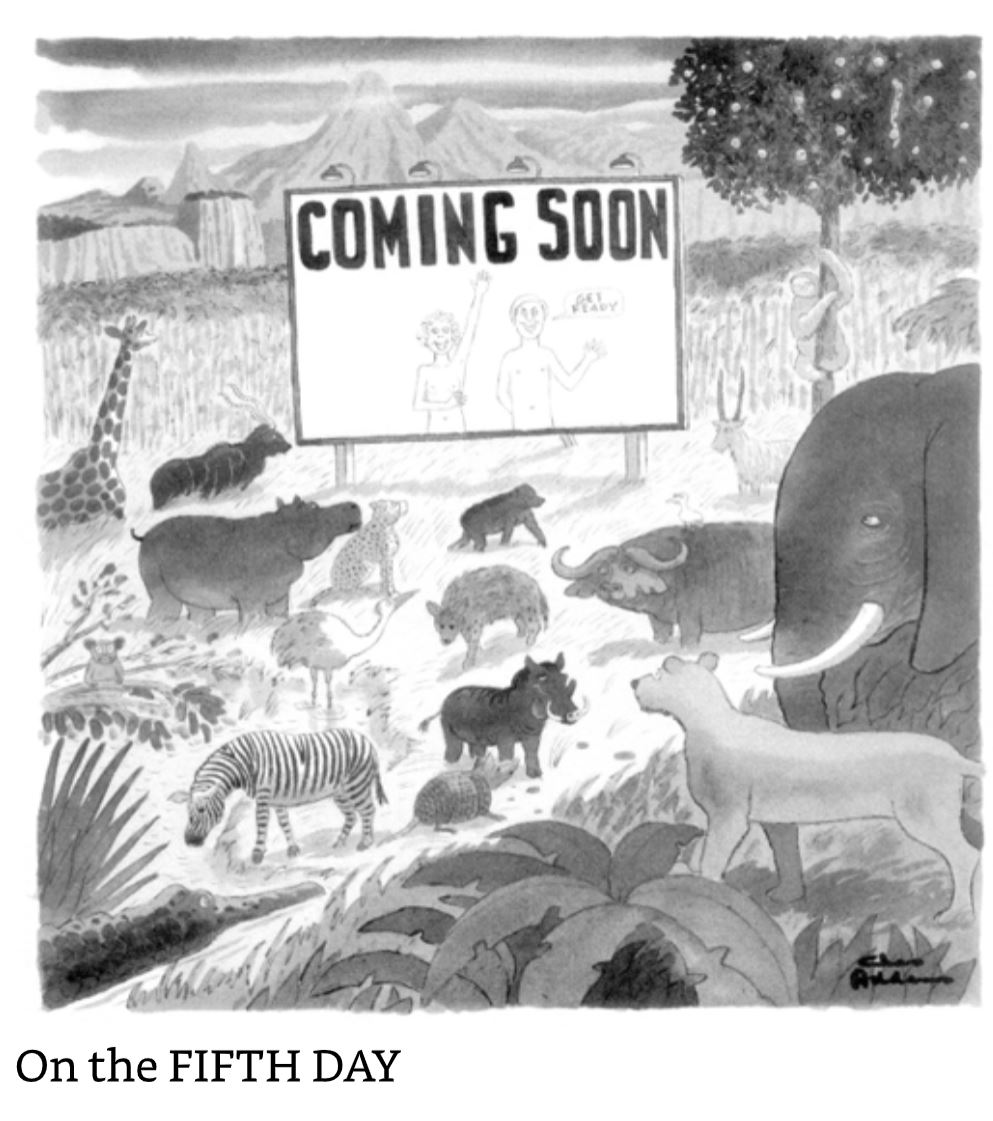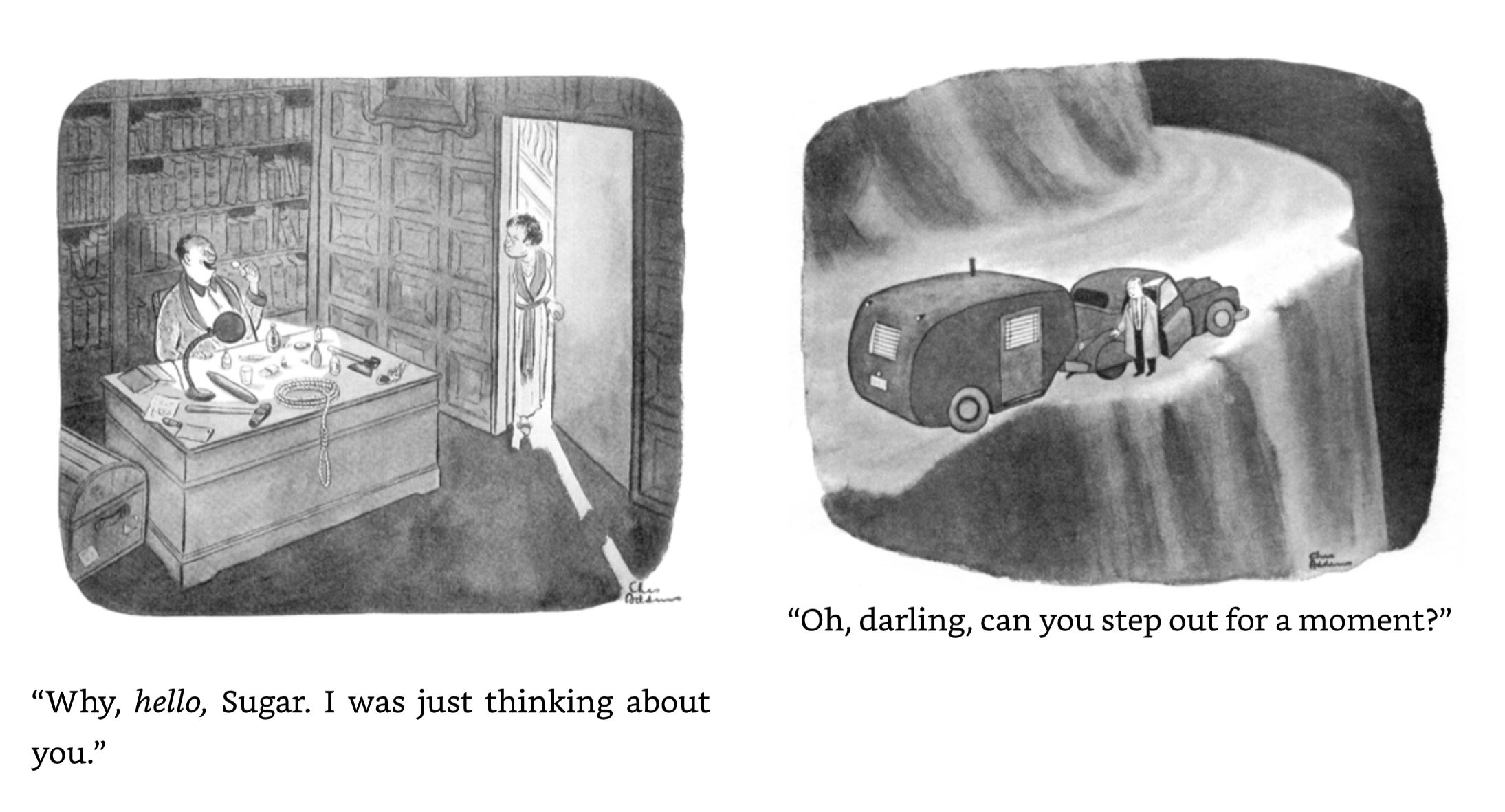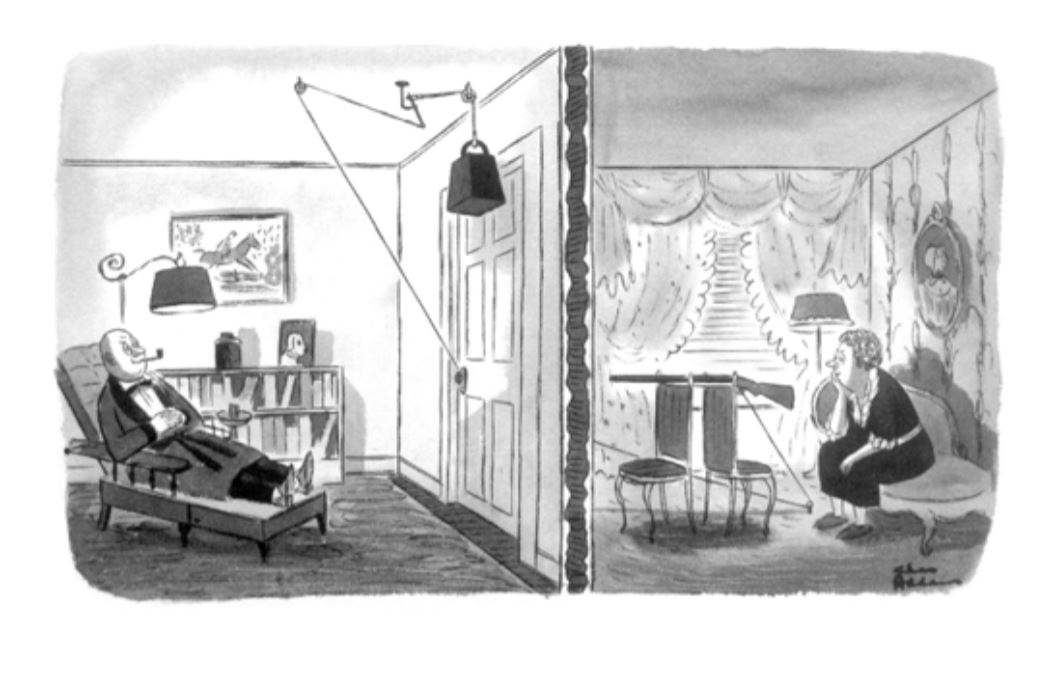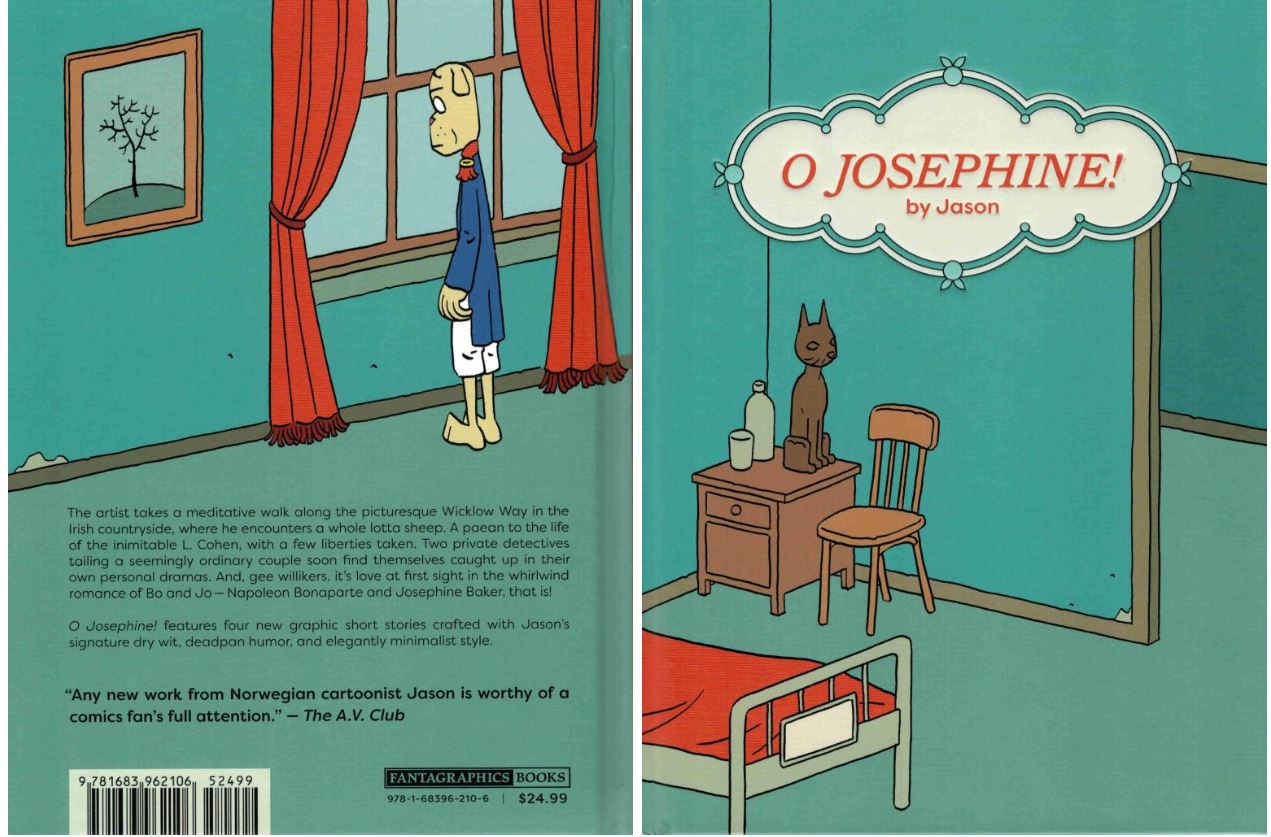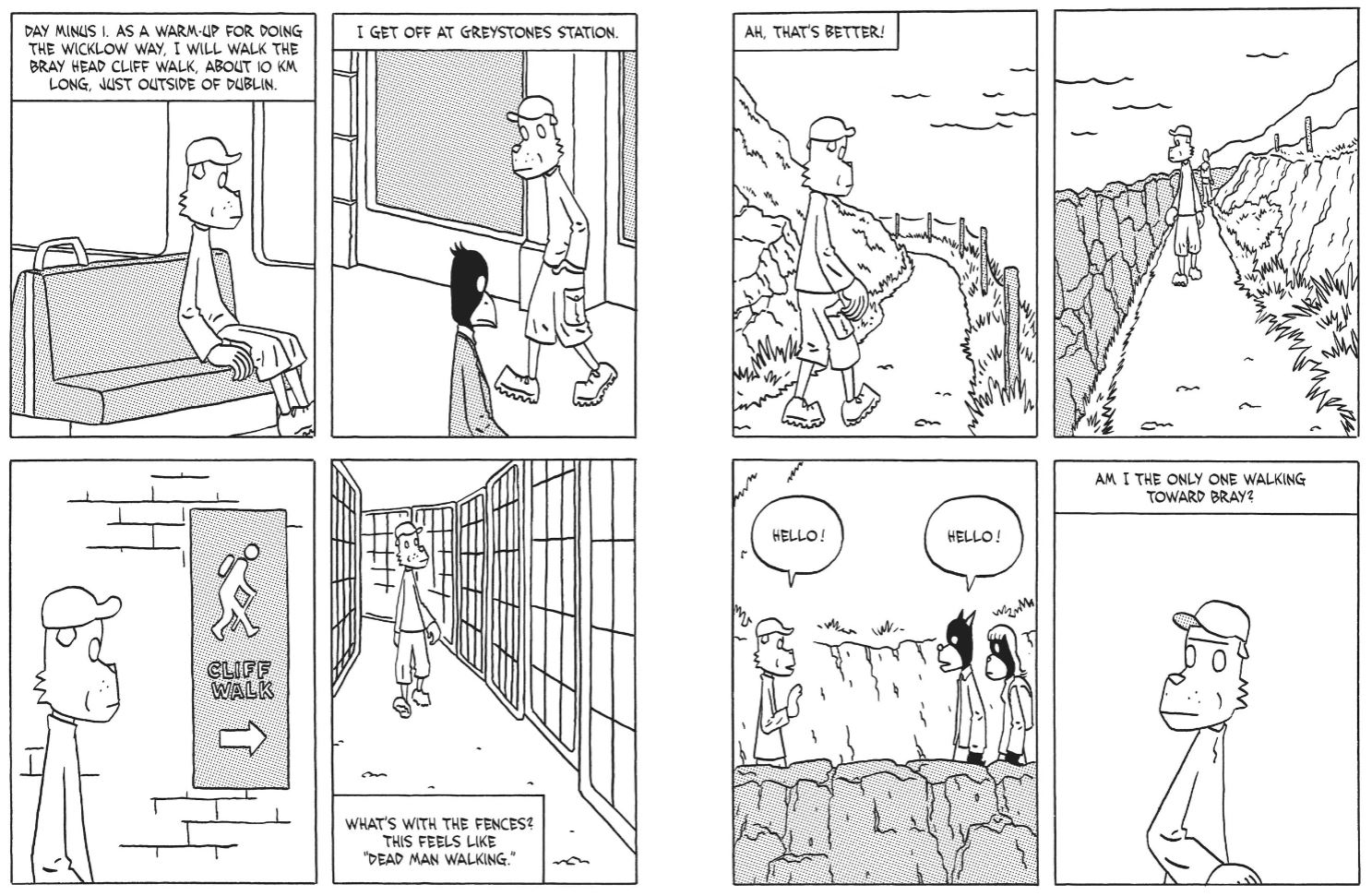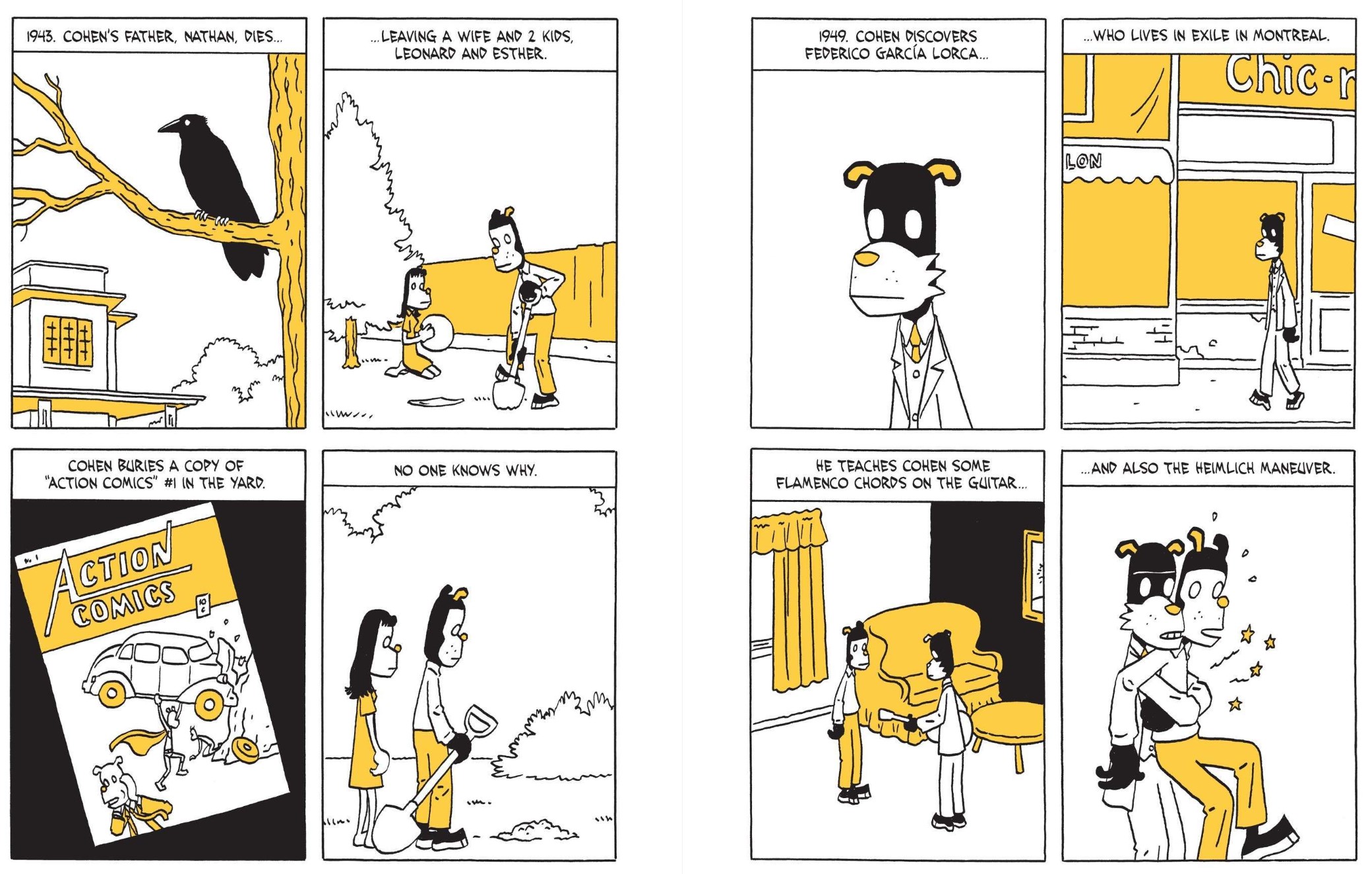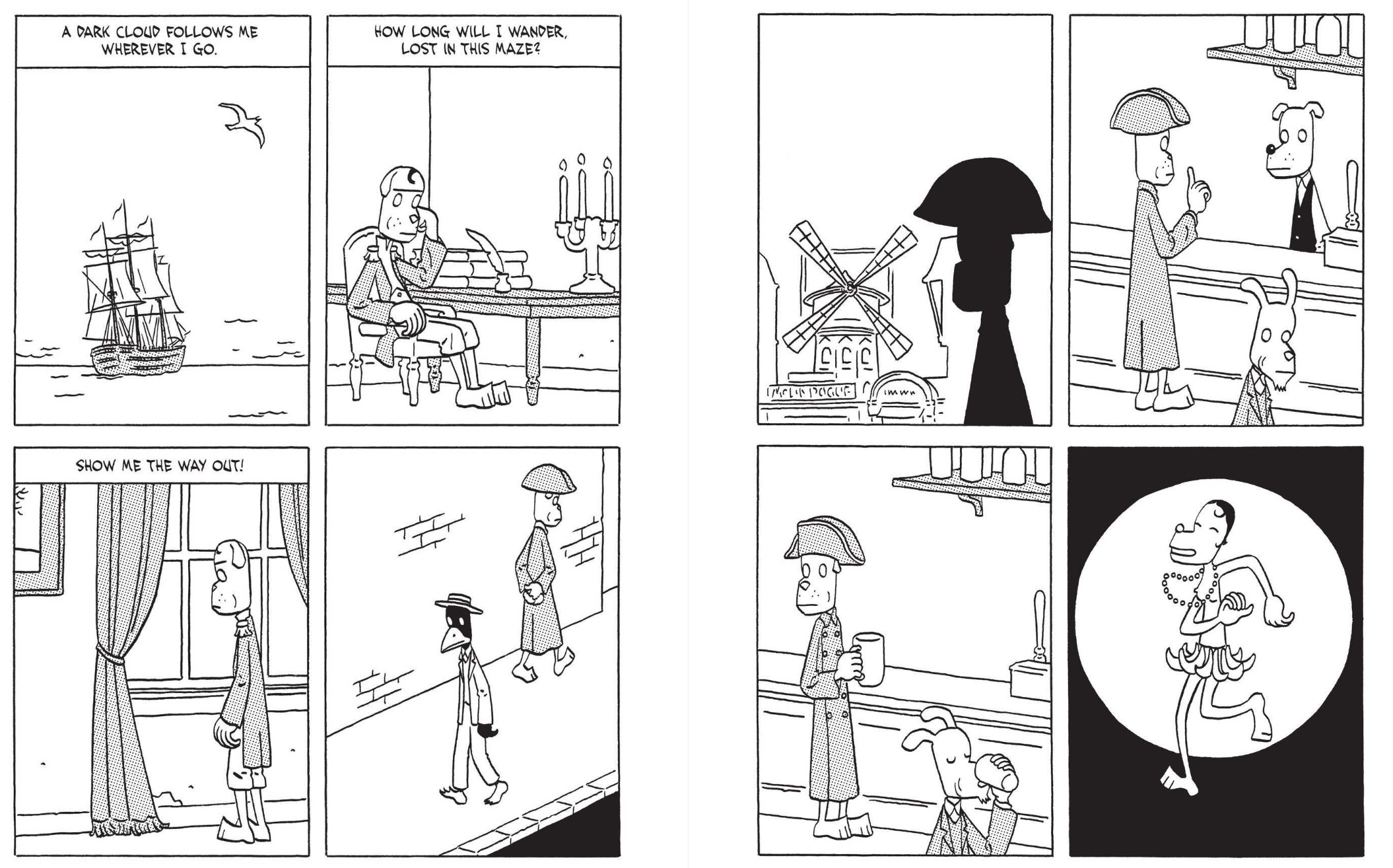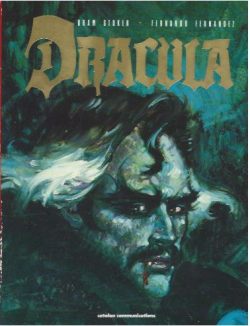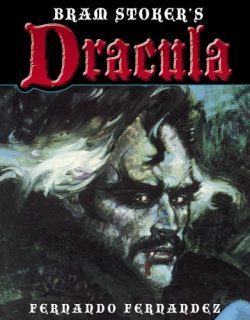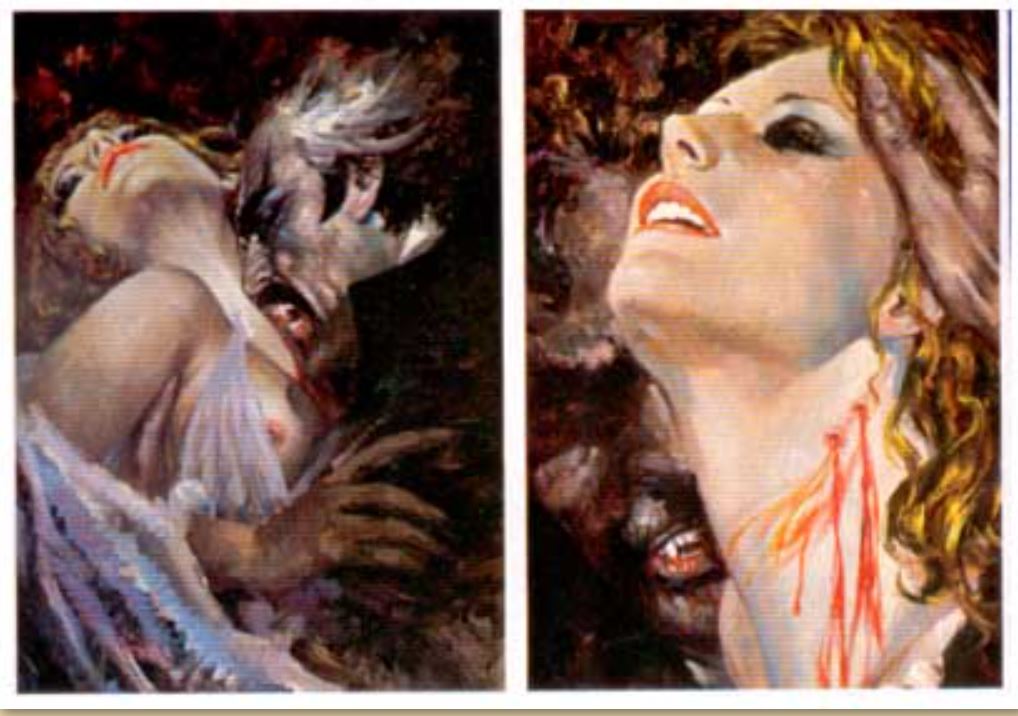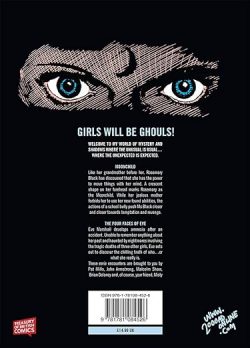
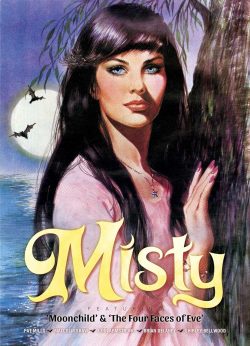
By Pat Mills, Malcolm Shaw, John Armstrong, Brian Delaney, Shirley Bellwood & various (Rebellion)
ISBN: 978-1-78108-452-6 (album TPB/Digital edition)
Win’s Christmas Gift Recommendation: Spooky Treats for Every Stocking… 9/10
This book includes Discriminatory Content produced in less enlightened times.
Like most of my comics contemporaries I harbour a secret shame. Growing up, I was well aware of the weeklies produced for girls but would never admit to reading them.
My loss: I now know that they were packed with some great strips by astounding artists and writers, many of them personal favourites when they were drawing stalwart soldiers, evil aliens, marauding monsters or strange superheroes (all British superheroes were weird and off-kilter…).
I believe – in terms of quality and respect for the readership’s intelligence, experience and development – “girls’ periodicals” were far more in tune with the sensibilities of the target audience. I absolutely wish I’d paid more attention to Misty back then…
Thus, I’m overjoyed to re-recommend this superb first collection from what originating editor Pat Mills reveals in his Foreword was intended to be as iconoclastic and groundbreaking a publication as his previous creation.
You know the one: 2000 AD…
Despite never living up to his expectations – for all the traditional self-sabotaging editorial reasons that have scuppered bold visions since the days of Caxton – Misty was nothing like any other comic in the British marketplace: a Girls’ Juvenile periodical addressing modern issues through a lens of urban horror, science fictional and historical mysteries couched in terms of tense suspenseful dramas. It was also one of the best drawn comics ever seen and featured stunningly beguiling covers by unsung legend Shirley Bellwood: a veteran illustrator who ought to be a household name because we’ve all admired her work in comics and books since the 1950s even if we’ve never been privileged to see her by-line…
Unlike most weeklies, Misty was created with specific themes in mind – fantasy, horror and mystery – and over its too-short existence introduced numerous self-contained features serialised like today’s graphic novels, rather than continuing adventures of star characters.
Although adulterated from Mill’s original design, the comic launched on February 4th 1978 and ran until January 1980 whereupon it merged with the division’s lead title Tammy, thus extending its lifeline until 1984. As was often the case, the brand also continued through Annuals and Specials, running from 1979 until 1986.
The first of a series working under the umbrella of The Treasury of British Comics, this compact monochrome softcover compilation offers two complete part-work novellas from the comic’s canon of nearly 70 strip sagas, starting with the gripping history of the Moonchild.
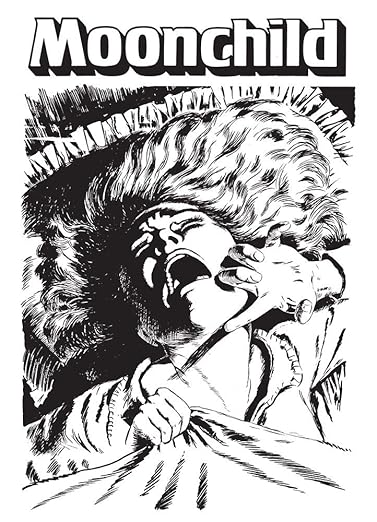
Written by Mills and illustrated by John Armstrong (Bella in Tammy; The Secret Gymnast in Bunty; Grange Hill), the eerie adventure was based on Stephen King’s Carrie, and ran as lead feature in issues #1-13. It traced the turbulent coming-of-age of abused and confused schoolgirl Rosemary Black: born into a family afflicted with an apparent curse. All women who bore a hereditary crescent birthmark on their foreheads were eventually consumed by psychokinetic powers…
Rosemary’s mother brutally and zealously tries to suppress her daughter’s burgeoning abilities but with sociopathic mean girls Norma, Dawn & Freda making her their constant target for bullying and humiliation, the force inside Rosemary keeps expressing itself in ever more violent manner. Moreover, when school physician Doctor Armstrong realises the truth about the girl so often sent to see him, he sees nothing but an opportunity to be exploited…
When Norma’s bullies embark on their most ambitious scheme to torture Rosemary, sheer disaster is barely averted after the Moonchild’s long missing grandmother suddenly appears with a shocking secret to share…
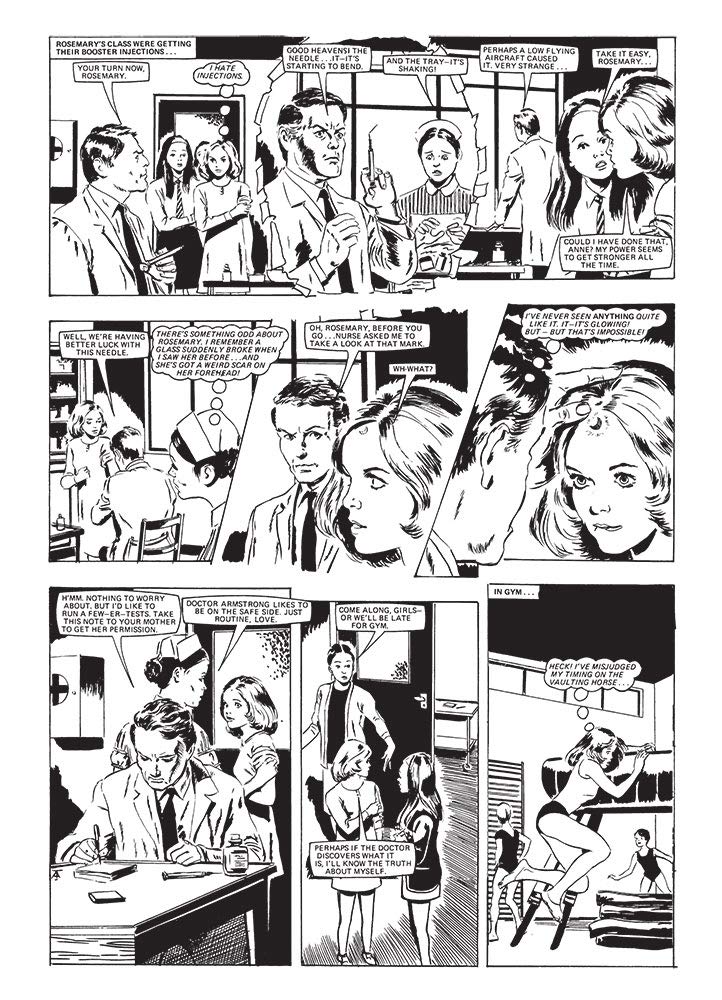
Following a handy hints feature – how to make a Witch’s Hat – The Four Faces of Eve carries on the chilling bewilderment.
Created by Malcolm Shaw (Misty’s editor and writer of dozens of strips in Britain and Europe) & Brian Delaney (Hart to Hart; Grange Hill; The Professionals) this marvel of malign medical malpractice ran in #20-31, tracing the seemingly paranoid path of Eve Marshall, recently discharged from hospital but still suffering partial amnesia. Despite returning to her home and high-powered scientist parents, Eve remains troubled, especially by horrifically vivid dreams of other girls who died painful, violent deaths…
Inconsolable and increasingly suspicious, Eve snoops around a house she doesn’t remember and discovers mounting evidence that the Marshalls are not her real parents. When the house is later burgled, the police forensics team uncover another impossible anomaly: Eve’s fingerprints match a thief who died months ago…
Scared and haunted by traumatic dreams, Eve runs away and hides in a circus, only to be tracked down and dragged back home by her faux parents. However, pieces are inexorably falling into place and she soon must face the appalling truth she has deduced about herself and the monsters she lives with…
Also including a fulsome tribute to ‘Shirley Bellwood – An Unsung Heroine of British Comics’, creator biographies and one final activity page (‘Misty Says… Be a Devil – and Here’s How’) this supremely engaging tome is a glorious celebration of a uniquely compelling phenomenon of British comics and one that has stood the test of time. Don’t miss this second chance to get in on something truly special and splendidly entertaining
Misty © Egmont UK Limited 1978. All rights reserved.
Today in 1955 René Goscinny & André Franquin debuted humour strip Modeste et Pompom in Le Journal de Tintin – a fact and feature that has still singularly not impressed any English-language comics publishers.

